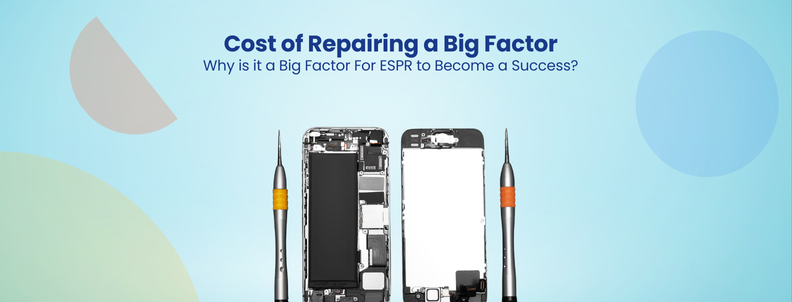Race of finding better prior art that can influence an IPR or patent litigation is the need of the hour. Such searches have become increasingly important in recent times, given the huge increase in the number of litigations and IPRs filed with every passing day.
However, locating a bang-on prior-art is not a piece of cake – primarily because there is a lot of information that exists which needs probing, and further the difficulty in finding the right set of keywords to locate the relevant information.
For the non-technical people out there, you might wonder why is it that difficult to locate prior art? Isn’t a searcher supposed to type keywords related to technology patent databases, get a set of patents, read each one of them and then tell whether the patent serves as relevant prior art or not?
If not in patents, a researcher must try finding prior art in images.
Thus, in nutshell, finding a prior art is not that complex, is it?
To answer this, it is important to understand the factors that impact the probability of finding relevant prior art.
What are the factors?
Get Our Prior Art Search Checklist: Download your copy of the free Prior Art Search Checklist that helps keep mistakes at bay:
Quality of searching is highly reliant on the technical knowledge and experience of the Searcher
No matter how experienced the researcher is, there is a possibility of missing information not because of human error, but because of the fact that there is a huge amount of information to be scouted, the technology could be described in various ways (sometimes intentionally hidden) and that information can only be found by the usage of appropriate keywords which is practically required in every search engine.
What do appropriate keywords mean?
Allow me to explain with an example.
Consider the word Mobile phone (yes, the most common example that is taken during a patent search training process).
Getting back to the point, let us try to list how many synonyms one can think of for a Mobile phone.
You might feel that it’s quite easy and one may never miss on any other word of how mobile could be represented.
Seems like a walk in the park. Isn’t it?
Not really.
Why?
Because –
Patents are very inconsistent in the use of technical words – sometimes inconsistency being introduced intentionally
As we know, in a lot of situations, the patent drafters/inventors try to coin their terminologies in their patent. This creates a limitation on the searcher side, as these words are not standard that people can learn from other sources (e.g. articles, journals, etc.).
Many searchers try to cover as many variations as possible by collecting all the appropriate keywords that they can think of. For example, the searcher looking for Mobile Phone having Bluetooth will start by referring to various websites providing a dictionary (for example thesaurus.com) to aggregate a set of keywords.
Let us see what kind of keywords for a Mobile phone we can get from Thesaurus, WordHippo, and Synonym.com.
-
Thesaurus
-
 Word-Hippo
Word-Hippo
-
 Synonym.com
Synonym.com

As we can see, there are various general keywords. However, these online dictionaries do not give the right synonyms for technical words.
So, what usually searchers do is that they gather such keywords (as well as some general synonyms like wireless telephone, radiophone, and cell phone which might be already known due to their prevalence) and start the search using these keywords.
While they read the patents, they might (or might not) come across a few more keywords in the process of analyzing the results. Now, this is sure to be a very time-consuming process, as well as, it is fairly possible that many pertinent keywords (that are specifically referred by patent inventors) don’t even pop during the analysis, and thus remain unexplored.
That is a huge problem since it decreases the chances of finding relevant prior art. In such cases, even if the prior art exists, its low discoverability can lead to defendants paying millions in infringement royalties for a patent, which was essentially invalid.
You must be thinking “In the Name of Lucifer, That’s a huge problem!”
But let’s not forget, “There exists a solution to every problem”. Sometimes, the solution is easy to spot and shows up after a bit of work, and at other times, you have to tread on unexplored lands to pave the path towards the solution.
For the given problem, we took the latter approach and found a solution to the problem.
Relevant Read: 7 Tip on How to Use Google Patent Search to Get the Desired Results
Neo – The Tool that helps us find Bang-on Prior Art By Suggesting all the Appropriate set of Keywords
At GreyB, we developed a tool, ‘Neo’ which does the trick for us.
What’s Neo?
Neo is a keyword suggestion tool, which is particularly designed to bridge the gap between searchers’ knowledge/common keywords and a perfect search query. You can read in detail about Neo here: Neo GreyB’s– Deep Learning System
This tool helps us in identifying most of the keywords which are not necessarily synonym but are used by people in place of the desired keyword. It also helps us reduce the time to reach the relevant set of results. This implies more efficiency for the end client.
Getting back to our original example, let us see the synonyms provided by Neo for Phone and Bluetooth.

We can see that, apart from returning all the general standard keywords, it has intelligently listed keywords that are more likely to be used in patents or technical literature,
E.g. – WTRU, UE for phone, and keywords like Homerf, IEEE802, NFC, and Zigbee, for Bluetooth. Quite apparently, finding such keywords tends to increase the chances of finding better results.
Here are some other keywords provided by Neo for different terms.

Normally, it would be very difficult to think of such keywords, or even if we come across them after some analysis or exploring through plenty of documents, capturing all the appropriate keywords (or better to say right keywords) to locate required information is actually a tedious task which is many a time ignored.
But With Neo, all these problems could be easily solved, increasing the chances of finding bang on prior art.
After all, finding the relevant prior art is a priority, ain’t it?
Authored by Rohit Jaswal, Manager, Search Team and Mohak Raitani, Research Analyst, Search Team.
Do you also know why: Only a few patent search firms could help you find good prior art. Understand the reason behind the statement here – Why only some patent search firms can help find good prior art?










